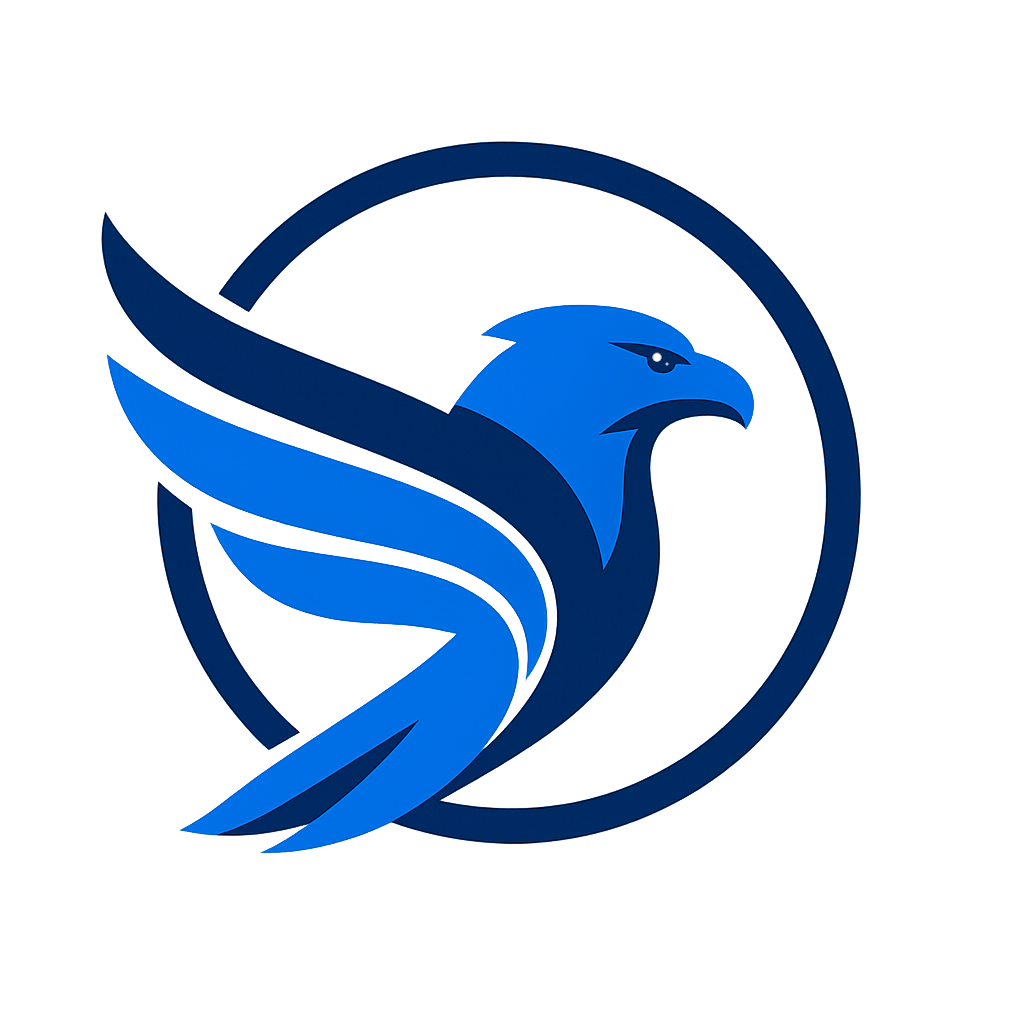Calgary Firefighters: Calgary Fire and Rescue Force
Fire & Rescue Force (FRF) — Leadership Brief
(Renaming Calgary Fire Department; housed inside the Calgary Protection Force for budget protection and new oversight.)
1) Purpose & Governance
Rename & realign: Calgary’s “Fire Department” becomes the Calgary Fire & Rescue Force (FRF) inside a new umbrella Calgary Protection Force (CPF) alongside Police and the Resilience Force ( with the CEMA-led emergency management).
Civilian oversight: Establish a Public Safety Oversight Board (9–13 members) with voting seats for community reps, labour/union, Indigenous communities, health experts, and small business—not just management. Mandate: budget review, public reporting, ethics & exposure reduction.
Inclusive budgeting: Create an FRF Budget Council (50% non‑management operations staff + finance + procurement) to co‑design operating and capital budgets and publish quarterly dashboards.
2) Staffing & Pay (headline actions)
Hire 600 firefighters over 18–24 months (four cohorts of ~150).
20% pay increase for current members (aligns with retention, competitiveness, and reduced overtime).
40 year plan for increase equipment and vehicles to national leader for 2 million people.
Maitain and exceed accreditation standards.
New hires: Base salary benchmarks show Firefighter 1 ≈ C$111,733/yr (City of Calgary posted rate; excludes benefits). Assuming C$90–110k average base in year 1, wages ≈ C$54–66M, plus ~33% for benefits/pension (+C$18–22M). One‑time onboarding kit per recruit (turnout ≈ C$2.4–3.5k; SCBA ≈ C$12k; radio ≈ C$2.6–3.3k; uniforms/medicals/training ≈ C$10–15k) → ≈ C$30–35k per recruit (C$18–21M). Total year‑1 new‑hire envelope ≈ C$92–109M.
20% raise for current members: For each 1,000 eligible employees with ~C$112k average base, the added base payroll ≈ C$22.3M/yr, plus benefits/pension scaling. (Scale to actual headcount; CFD total staff is ~1,600 across roles.)
3) Health, Recovery & Exposure Control (evidence‑based)
Cancer & toxins: Occupational firefighting is carcinogenic to humans (Group 1); strongest links include mesothelioma and bladder cancer. Make on‑scene gross decon + shower‑within‑the‑hour mandatory; wet‑soap gear decon can reduce PAH contamination ~85%. Shift procurement away from PFAS‑containing foams and gear; publish a PFAS transition plan with timelines.
Cardiovascular risk: Sudden cardiac events remain the leading medical cause of line‑of‑duty deaths—prioritize NFPA‑aligned rehab, cardiac screening, and heat‑stress protocols. Active cooling with hand/forearm immersion improves recovery and performance during multi‑evolution incidents.
Sleep & circadian: ~37% of firefighters screen positive for a sleep disorder (OSA, insomnia, shift‑work disorder). Implement Fatigue Risk Management System (FRMS), routine sleep‑disorder screening, and rostering rules that protect anchor sleep, with caffeine cutoffs and controlled light exposure on nights.
Musculoskeletal (MSK): Strains/sprains comprise the largest share of injuries; embed strength/conditioning and ergonomic drills into duty time and annual standards.
Medical detoxification
IV therapy, and Supplements
Activated charcoal
Infrared saunas
Increased psychological support for PTSD and stress recovery.
4) Physical Recovery Program (built on NFPA 1584 + circadian science)
On‑scene rehab: Vital signs, cooling (forearm immersion/misting), hydration, carbs + protein, and medical evaluation per SOP.
Back at station: Shower, clean gear, log exposures, nutrition within 60–90 minutes (see whey spec below), nap policy (20–30 min, cutoff times), and blue‑light hygiene at night.
Scheduling by circadian rhythm: Heavy PT late morning; skills mid‑afternoon; avoid high‑intensity drills 02:00–06:00 except operational need; protect post‑nightshift anchor sleep (FRMS‑tracked).
5) Sourcing: Pure, unflavoured, “low‑heat” whey isolate (why & how)
Why whey isolate? Fast‑digesting, high‑leucine protein supports muscle repair; 20–40 g protein with ~2–3 g leucine per serving is widely cited to stimulate muscle protein synthesis post‑work.
What “unheated/low‑heat” means: Dairy must be pasteurized by law; specify low‑temperature cross‑flow microfiltration (CFM) or “native” whey processing to preserve amino profile; unflavoured avoids sweeteners for broad tolerance.
Procurement spec (RFP lines):
Ingredients: Whey protein isolate (>90% protein by dry weight) + optional lecithin (<1%).
Processing: CFM or micro/ultrafiltration; no heat denaturation beyond pasteurization.
Third‑party tested (NSF Certified for Sport® or Informed Choice), heavy‑metals certificate, batch COA, and allergen disclosure.
Unit packs for station use; shaker‑ready; include lactose‑free and plant‑based alternatives for intolerant members.
6) Training Pipeline & Degree Pathway
Recruit injection plan: 4 cohorts/yr; 14–18 weeks academy + mentored field phase; add surge instructors and satellite training lanes to avoid slowing operations.
Integrated 3‑year bachelor (with Year‑4 specialization):
Years 1–3 (Core, “Protection Studies”): fire science, human performance, ICS, hazard/risk, data & AI for ops, law/ethics, community safety, cultural humility.
Year 4 (Specialization): Police Force, Fire & Rescue Force, or Resilience Force (CEMA)—bridged to academy and practicum.
Embed co‑op terms with CPF units; align with provincial quality assurance and professional standards (NFPA 1001, 1021 modules taught within).
7) Investigations & Interagency
Stand up a Unified Fire Investigation Task Group (FRF Investigations + CPS Arson + Resilience Force/CEMA). Use shared scene command, digital evidence chain, and MOUs for escalation (e.g., DND/CAF or federal partners when national‑security/critical‑infrastructure issues arise). CEMA provides coordination under the Municipal Emergency Plan when activated.
8) First‑Year KPIs (publish quarterly)
People: time‑to‑hire per cohort; academy throughput; 1‑year attrition; diversity metrics.
Operations: turnout time, first‑unit travel time, ERF assembly, call‑to‑clear; OT hours.
Health & safety: % crews completing on‑scene decon; screening uptake (OSA/cardiac/cancer); injury rate (esp. MSK); heat‑stress incidents; near‑miss reports.
Exposure reduction: % PFAS‑free foam transitions; % gear cleaned within 24 h; station diesel‑exhaust captures working time; post‑fire shower compliance.
Evidence notes for leadership brief:
Cancer: Firefighting classified Group 1 carcinogen; mesothelioma & bladder cancer causally linked; limited human evidence also for colon, prostate, testis, melanoma, NHL.
Decontamination: Wet‑soap gross decon reduces surface PAHs ≈ 85%; skin wipes reduce neck PAHs; formalize “clean cab/clean gear” SOPs.
PFAS: NIST/USFA note PFAS in turnout gear and foams; Canada announced steps to restrict PFAS in foams and is consulting on broader risk management—plan a PFAS exit and procurement shift.
Cardiac risk: Cardiac/overexertion is the leading medical cause in LODD; 2024 U.S. snapshot shows 62 on‑duty deaths, with overexertion/heart attacks the top driver.
Sleep: Large multicenter study—37.2% screened positive for a sleep disorder; link to crashes and CVD—supports FRMS, screening, and schedule hygiene.
MSK injuries: Strains/sprains are the largest injury category—justify embedded strength/conditioning and ergonomic refreshers.
Cooling for rehab: Forearm/hand immersion lowers thermal and cardiovascular strain and extends work tolerance vs. passive cooling.
Wages (for costing): City‑posted rate for Firefighter 1 ≈ C$51.16/hr (≈ C$9,311/mo; ≈ C$111,733/yr). Use your actual mix of steps/ranks in the payroll model.
Immediate next steps (90‑day to‑do list)
Stand up Oversight Board & FRF Budget Council; publish operating/capital “truth‑sheet.”
Recruitment surge plan (class sizes, instructors, satellite training sites, medical onboarding).
Issue three RFPs: (a) PFAS‑reduced turnout & PFAS‑free foams; (b) station rehab kits (forearm‑immersion, misting); (c) whey isolate per spec above (plus plant‑based alt).
Adopt exposure‑control SOPs: gross decon, bagged gear, station diesel‑exhaust capture, shower‑within‑the‑hour.
Launch FRMS & health screening: OSA/cardiac screening pathway; heat‑stress protocol refresh; cancer‑screening navigation; injury‑prevention blocks on‑shift.
Draft MOUs for the Unified Fire Investigation Task Group (FRF–CPS–CEMA; escalation triggers to provincial/federal partners).


